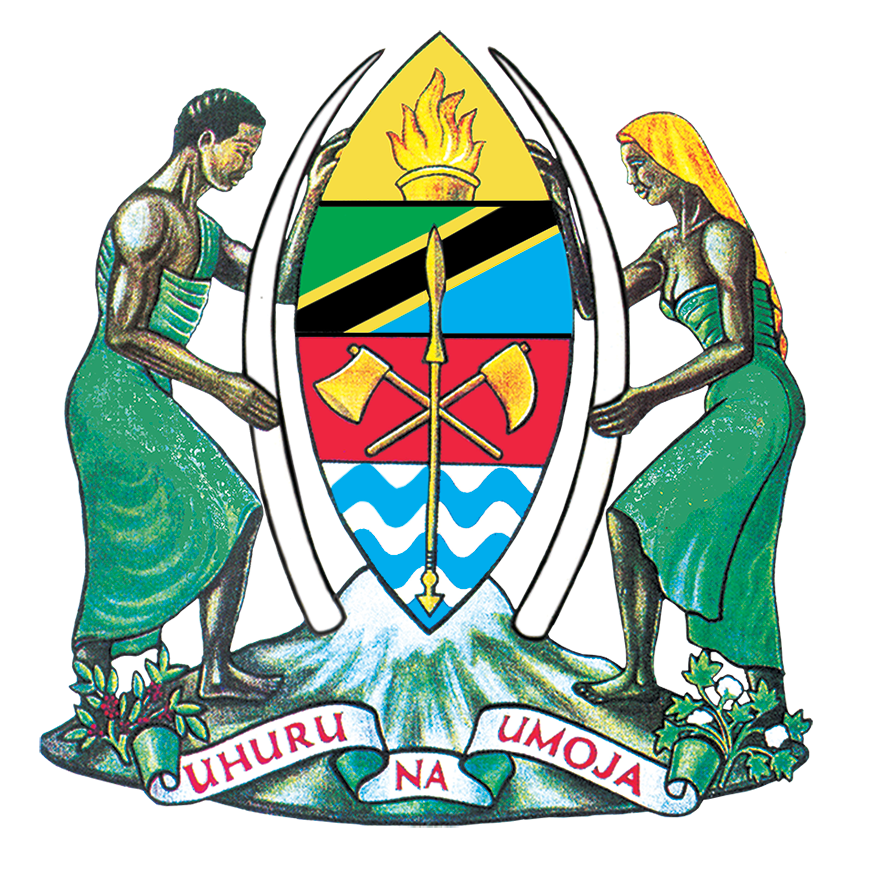WHO Collaborative Procedure
The availability of quality assured medicines is a core element of a functional healthcare system. National regulatory and product selection processes have been identified as one of the barriers slowing down access to priority medicines in many WHO Member States. Although WHO prequalified medicines are assessed according to international standards, unclear pre-market registration processes, repetitive evaluations and lengthy product selection procedures result in a delayed market entry of products which have been assessed and found compliant with WHO prequalification requirements. WHO is committed to supporting National Regulatory Authorities in optimizing available resources, applying reliance principles where possible, and facilitating access to quality, safe and efficacious medicinal products.
Aims and principles
CRP accelerates registration through improved information sharing between WHO prequalification and national regulatory authorities (NRAs). By leveraging assessment and inspection outputs already produced by WHO prequalification, and thereby eliminating duplicative regulatory work, it speeds up in country registration of medicines and contributes to their wider availability.
The key principles of the collaborative procedure for FPPs is that it is:
- voluntary: A manufacturer of a prequalified product(s) voluntarily expresses interest in applying the procedure to facilitate registration of its product(s) with TMDA.
- confidential: TMDA signs a participation agreement and confidentiality undertaking with WHO, whereby it adheres to the provisions of the procedure. The manufacturer, through written consent, authorizes WHO to share prequalification assessment reports for the specific product(s) with TMDA.
- based on product sameness: A manufacturer must submit the same product version as the one prequalified. Product sameness is a mandatory prerequisite for applying of a collaborative procedure.
Process
Based on the agreement between WHO and the TMDA, WHO shares confidential prequalification assessment reports (product dossier assessment report and manufacturing site(s) inspection report) with TMDA.
TMDA follows its internal procedures when using WHO confidential and public reports, in addition to the data submitted by the manufacturer directly to TMDA. At a minimum, TMDA verifies sameness of the product submitted for registration and the prequalified product to make its registration decision. In case of a suspension or delisting of the prequalified product, WHO alerts all NRAs which registered the respective product based on the collaborative procedure.
Reliance model approach
| Pathway | Assessment approach | Documentary evidence (supporting documentation) | Example of products |
| WHO prequalification | Verification, or abridgedreviews, secondary review, or a combination |
| Products prequalified by WHO |
How to apply
- Submit an application dossier for WHO prequalification
- Complete the prequalification process
- Submit a signed consent form (Appendix 2 of https://www.who.int/docs/default-source/medicines/norms-and-standards/guidelines/regulatory-standards/trs1019-annex6.pdf?sfvrsn=f839be63_2) to prequalreg@who.int
Benefit of CRP
- Shortening the approval time; i.e. the products are approved within 90 days from the day of submission.
- Optimization of limited pre-market registration resources, and product traceability and transparency for buyers given the verified sameness between the prequalified product and the product registered at national level.
- Capacity building for assessors through access to WHO PQ assessment reports.
- Builds confidence among regulators through work sharing
- Utilizing the available resources and avoiding duplication of the assessment work

